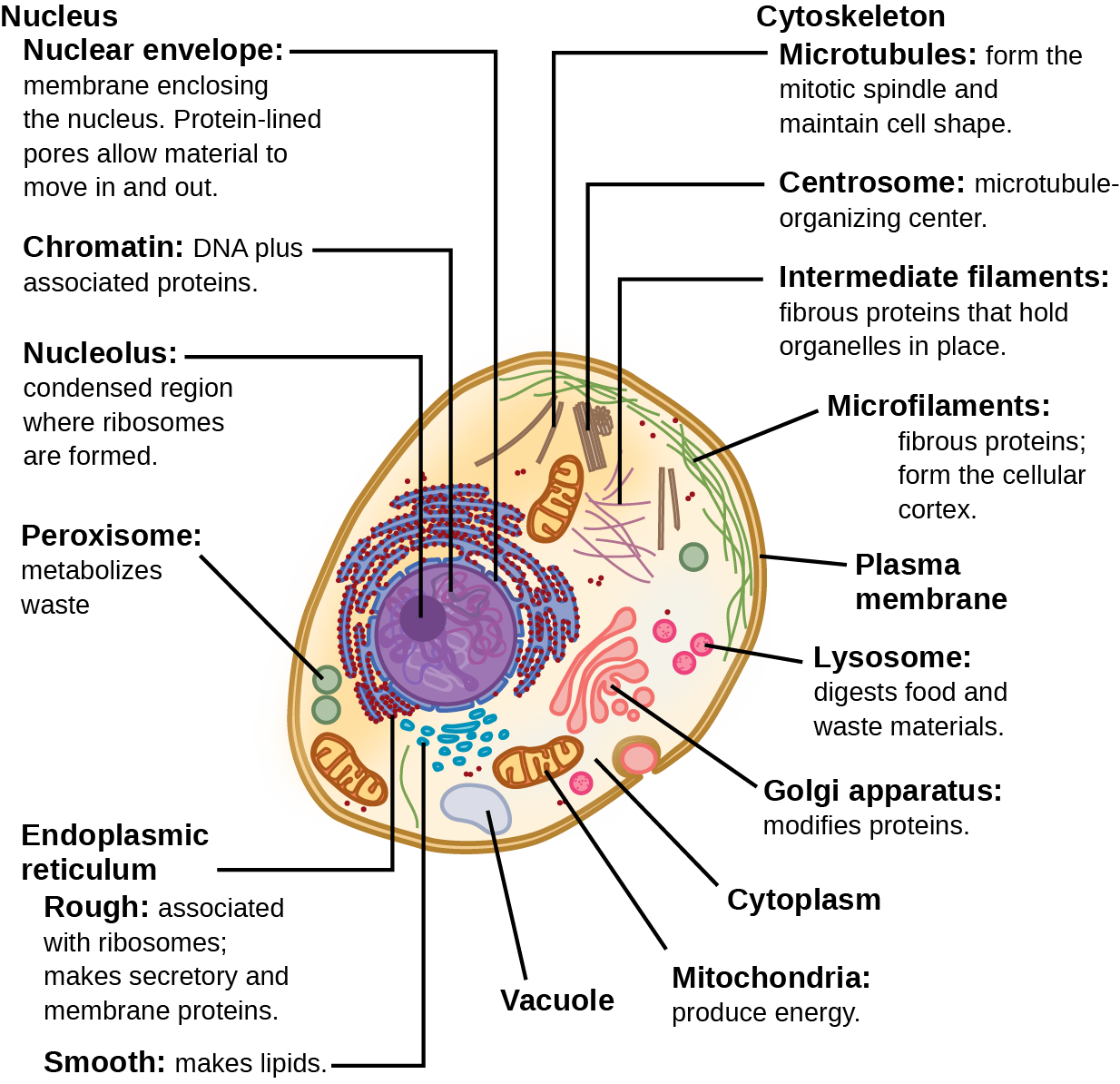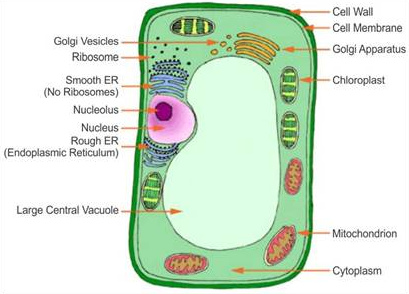38 plastids diagram with labels
microbiomejournal.biomedcentral.com › articles › 10Microbiome definition re-visited: old concepts and new challenges Jun 30, 2020 · The field of microbiome research has evolved rapidly over the past few decades and has become a topic of great scientific and public interest. As a result of this rapid growth in interest covering different fields, we are lacking a clear commonly agreed definition of the term “microbiome.” Moreover, a consensus on best practices in microbiome research is missing. Recently, a panel of ... corpus.leeds.ac.uk › frqc › i-en-formsUse of corpora in translation studies 1137 Projects 1137 incoming 1137 knowledgeable 1137 meanings 1137 σ 1136 demonstrations 1136 escaped 1136 notification 1136 FAIR 1136 Hmm 1136 CrossRef 1135 arrange 1135 LP 1135 forty 1135 suburban 1135 GW 1135 herein 1135 intriguing 1134 Move 1134 Reynolds 1134 positioned 1134 didnt 1134 int 1133 Chamber 1133 termination 1133 overlapping 1132 newborn 1132 Publishers 1132 jazz 1132 Touch 1132 ...
Plant Cell Diagram - Diagrammatic representation of a ... Label the organelles in the diagram below. Part 1 is the cell wall. Animal cells come in all kinds of shapes and sizes, with their size ranging from a few millimeters to micrometers. Older students can be challenged to identify and label the animal cell parts. A schematic diagram showing a simple layering process.

Plastids diagram with labels
Plastids- Definition, Structure, Types, Functions and Diagram Structure of Plastids Chloroplasts may be spherical, ovoid, or discoid in higher plants and stellate, cup-shaped, or spiral as in some algae. They are usually 4-6 µm in diameter and 20 to 40 in number in each cell of higher plants, evenly distributed throughout the cytoplasm. Plant Cell: Diagram, Types and Functions - Embibe Exams Plastids in Plant Cell They are membrane-bound organelles that have their own DNA. They are necessary to store starch, to carry out the process of photosynthesis. It is also used in the synthesis of many molecules, which form the building blocks of the cell. Based on the type of pigment, they are of Plastids are of three types: a. › parks › sum1471mC. T. Bauer College of Business at the University of Houston 1. (50 points)The textarea shown to the left is named ta in a form named f1.It contains the top 10,000 passwords in order of frequency of use -- each followed by a comma (except the last one).
Plastids diagram with labels. Plastids: Types, Structure and Function (With Diagram) Plastids may be coloured or colourless and are of three types. The leucoplasts are the colourless plastids principally serving the purpose of storage. On the basis of nature of storage compound, leucoplastids are amyloplasts (starch), elaioplasts (oil) or aleuroplasts (protein). The green plastids or chloroplastids are needed for photosynthesis. The Stanford Natural Language Processing Group ' '' ''' - -- --- ---- ----- ----- ----- ----- ----- ----- ----- ----- ----- ----- ----- ----- ----- ----- ----- ----- ----- ----- ----- ----- ----- ----- ----- ----- ----- ----- ----- ----- ----- ----- ----- ----- ----- ----- ----- ----- ----- ----- ----- ----- ----- ----- ----- ----- ----- ----- ----- ----- ----- ----- ----- ----- ----- ----- ----- ----- ----- Chloroplast Structure and Function in detail with Labelled ... Chloroplast Structure and Function in detail with Labelled Diagram. The leaves of the trees are colored in different shades of green. This color is imparted due to the presence of various pigments present in the Chloroplast leaves. The chloroplasts are the cell organelles which consist of these pigments. Plastids: Definition, Diagram, Types, and Plastid Function ... Types of Plastids and Functions of Plastids Plastids are further divided into 3 types that have different functions and some have biological pigments as well. 1. Leucoplasts 2. Chromoplasts 3. Chloroplasts Leucoplasts These colourless Plastids possess internal lamellae and do not contain photosynthetic and grana pigments.
Plastids In Plant Cell Diagram Structure : Functions and ... Plastids- Definition, Structure, Types, Functions and Diagram They were discovered and named by Ernst Haeckel, while A. Mayer and Schimper first used the term plastid. Most cultured cells that are relatively large compared to other plant cells have very long and abundant stromules that extend to the cell periphery. Plant Cell Diagram With Labels - Image of a plant cell ... Labeled diagram of plant cell, created with biorender.com. The typical characteristics that define the plant cell include cellulose, hemicellulose and pectin, plastids which play a major role in photosynthesis and storage of starch, large vacuoles responsible for regulating the cell turgor pressure. › 39355083 › POST_HARVESTPOST-HARVEST MANAGEMENT OF HORTICULTURAL CROPS - Academia.edu Enter the email address you signed up with and we'll email you a reset link. (PDF) Genetics: A Conceptual Approach - Academia.edu Enter the email address you signed up with and we'll email you a reset link.
Animal Cells: Labelled Diagram, Definitions, and Structure Animal Cells Organelles and Functions. A double layer that supports and protects the cell. Allows materials in and out. The control center of the cell. Nucleus contains majority of cell's the DNA. Popularly known as the "Powerhouse". Breaks down food to produce energy in the form of ATP. Plastids - Leucoplasts, Chromoplasts and Chloroplasts. Remember there are plastids which are colourless and these plastids will synthesize and accumulate specific substances at specific sites which are required by plants.Let us get into the details.The term plastid was introduced by E. Haeckel in 1866.They develop from colourless precursors called proplastids which have the ability to divide and differentiate into various types of plastids. Plastid - Wikipedia The plastid (Greek: πλαστός; plastós: formed, molded - plural plastids) is a membrane-bound organelle found in the cells of plants, algae, and some other eukaryotic organisms. They are considered to be intracellular endosymbiotic cyanobacteria.Examples include chloroplasts (used for photosynthesis), chromoplasts (used for pigment synthesis and storage), and leucoplasts (non-pigmented ... Plant Cell Diagram Plastids Structure : Functions and Diagram Friday, February 12th 2021. | Diagram Plant Cell Diagram Plastids. Plastids are the site of manufacture and storage of important chemical compounds used by the cells of autotrophic eukaryotes. It is the second largest organelle of the cell which is bounded by a double unit membrane and may be colored or colorless.
Plant Cell Diagram | Science Trends A plant cell diagram, like the one above, shows each part of the plant cell including the chloroplast, cell wall, plasma membrane, nucleus, mitochondria, ribosomes, etc. A plant cell diagram is a great way to learn the different components of the cell for your upcoming exam. Plants are able to do something animals can't: photosynthesize.
Cell Organelles- Definition, Structure, Functions, Diagram Figure: Diagram of types of plastids. Source: Wikipedia Functions of Plastids. Chloroplasts are the center for many metabolic activities, including photosynthesis as it contains enzymes and other components required for it. They are also involved in the storage of food, primarily starch. Ribosomes
› 44378646 › Genetics_A_ConceptualGenetics: A Conceptual Approach - Solutions and Problem ... Enter the email address you signed up with and we'll email you a reset link.
Plastids - Definition, Types, Main Structure and Function Studies have also shown the plastid to be polarized and ranging from 5 to 10 micrometers in width depending on the plant. Like the other plastids, chloroplasts have a double membrane envelope consisting of the outer and inner membrane (phospholipid layers). The space within the double membranes is covered with an aqueous matrix known as stroma.
How Many Of These Structures Are Visible On The Plant Cell Diagram Functions : Functions and Diagram
C. T. Bauer College of Business at the University of Houston 1. (50 points)The textarea shown to the left is named ta in a form named f1.It contains the top 10,000 passwords in order of frequency of use -- each followed by a comma (except the last one). When the "Execute p1" button is clicked the javascript function p1 is executed. This function:
A Labeled Diagram of the Plant Cell and Functions of its ... A Labeled Diagram of the Plant Cell and Functions of its Organelles. We are aware that all life stems from a single cell, and that the cell is the most basic unit of all living organisms. The cell being the smallest unit of life, is akin to a tiny room which houses several organs. Here, let's study the plant cell in detail...
Plastids - Types and Structure - VEDANTU On the foundation of the presence or absence of pigments, and the phase of development, plastids have been classified into proplastids, leucoplasts, and chromoplasts. Proplastids Minor vesicular structures present in meristematic cells are called proplastids. They are colorless and immature.
Chloroplast- Diagram, Structure and Function Of Chloroplast Chloroplast has a structure called chlorophyll which functions by trapping the solar energy and is used for the synthesis of food in all green plants. Produces NADPH and molecular oxygen (O 2) by photolysis of water. Produces ATP - Adenosine triphosphate by the process of photosynthesis. The carbon dioxide (CO2) obtained from the air is used ...




Post a Comment for "38 plastids diagram with labels"